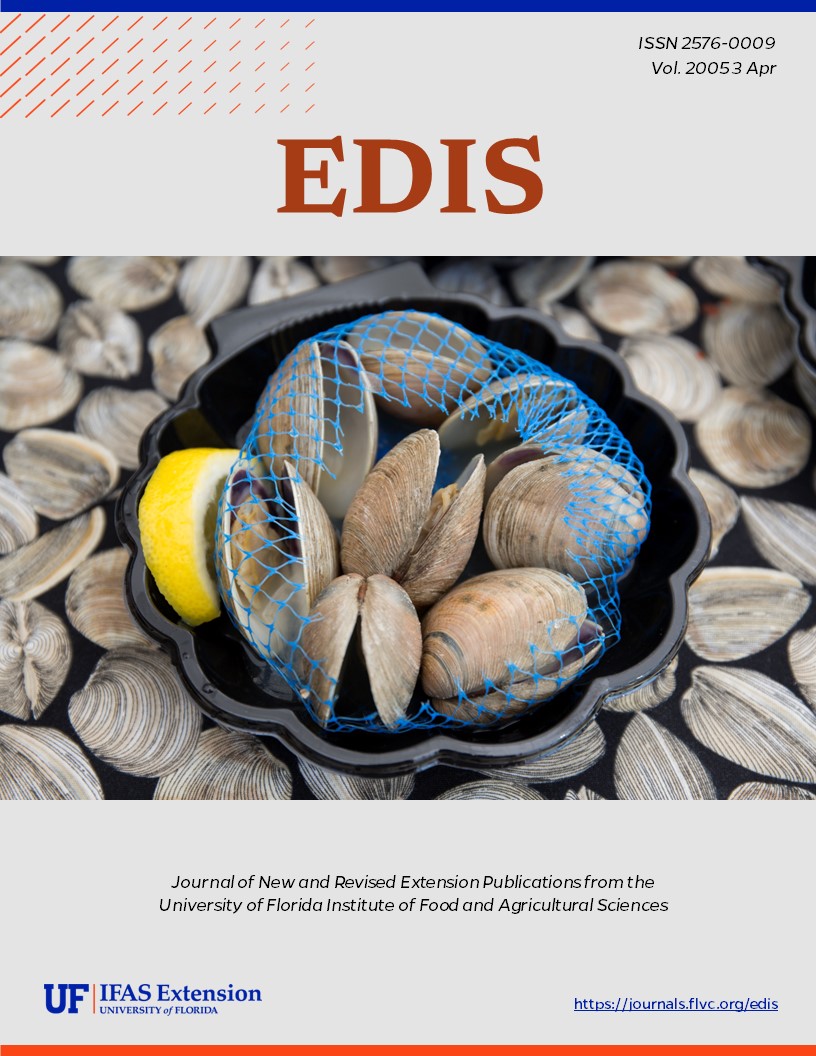Abstract
To maintain a viable citrus industry, Florida growers must consistently produce large, high quality, economic fruit crops from year to year. Efficiently producing maximum yields of high quality fruit is difficult without an understanding of soils and nutrient requirements of bearing citrus trees. Most Florida citrus is grown on soils inherently low in fertility with low cation exchange capacity (CEC) and low water-holding capacity, thus they are unable to retain sufficient quantities of available plant nutrients against leaching by rainfall or excessive irrigation. This document is Fact Sheet SL222, a fact sheet of the Soil and Water Science Department, Florida Cooperative Extension Service, Institute of Food and Agricultural Sciences, University of Florida. Original publication date January 2005.
SL222/SS442: Increasing Efficiency and Reducing Costs of Citrus Nutritional Programs (ufl.edu)
Unless otherwise specified, articles published in the EDIS journal after January 1, 2024 are licensed under a Creative Commons Attribution-NonCommercial-NoDerivs 4.0 International (CC BY-NC-ND 4.0) license.

